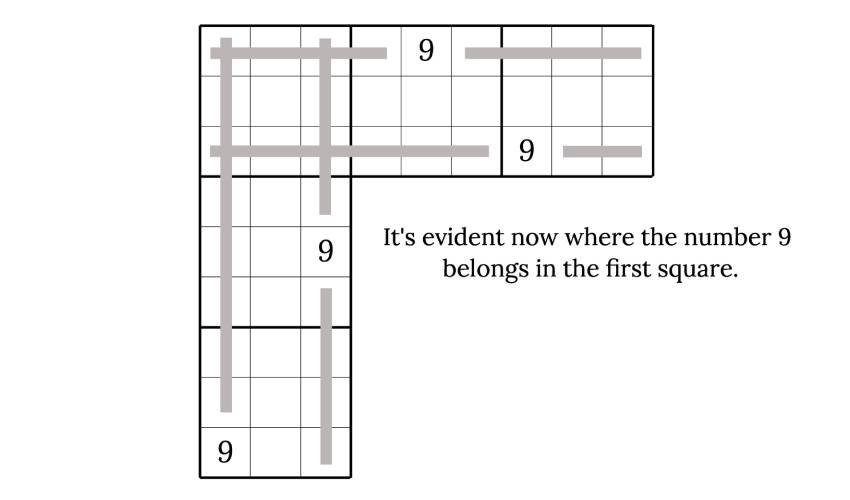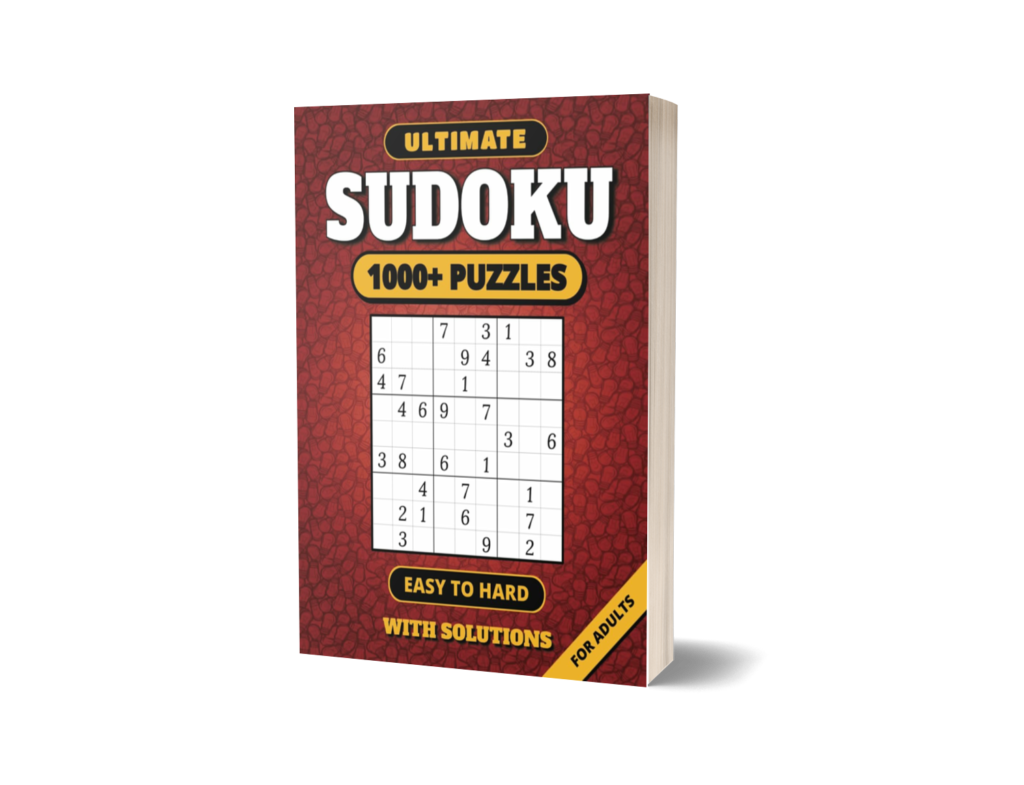Introduction
Sudoku isn’t just a game – it’s a timeless logic puzzle that has entertained and challenged millions around the world. Whether you’re a complete beginner or someone looking to sharpen your skills, understanding the basic strategies and smart tips can make solving these puzzles far more enjoyable. In this article, you’ll find a quick history of Sudoku, clear instructions on how to play, essential techniques, and handy tips to help you tackle puzzles with confidence.

Brief History
Sudoku, a puzzle game with origins tracing back to Switzerland in the 18th century under the name “Latin Squares,” evolved into its modern form thanks to Howard Garns, an American architect, who introduced the 9×9 grid layout in 1979. However, it wasn’t until the 1980s when Sudoku gained widespread recognition in Japan, where it was popularized by the puzzle publisher Nikoli under the name “Number Place.” This version of Sudoku, characterized by its 9×9 grid and the objective of filling the grid with numbers from 1 to 9 without repetition in rows, columns, or 3×3 subgrids, quickly captivated audiences worldwide, becoming a beloved pastime for millions.
How to Play
Sudoku is a logic puzzle game. The rules are simple: fill a 9×9 grid with digits so that each column, each row, and each of the nine 3×3 boxes contain all of the digits from 1 to 9 without any repetition.

Strategies
Scanning
A fundamental skill in Sudoku, utilized by most players to analyze puzzles. It involves recognizing patterns, repetitions, and relationships between numbers within rows, columns, and boxes. Mastering this technique makes it easier to place numbers accurately, serving as the basis for more advanced solving strategies.
Only One Missing
If there’s just one blank square remaining in any column, row, or box, you can immediately identify which number is missing and fill it in with absolute certainty!

Cross-hatching
Cross-hatching entails examining all occurrences of a specific number and mentally drawing lines horizontally and vertically from these instances. Since each number can only appear once in each row or column, these lines restrict the possible locations for the number in other boxes.

Naked Single
A naked single occurs when a cell has only one remaining candidate number after all other numbers have been eliminated as possibilities. This situation typically arises when scanning the grid and applying various elimination techniques. A naked single is often the simplest move in solving a Sudoku puzzle, as it directly reveals the value of a cell with no need for further deduction.

Hidden Single
A hidden single occurs when a number can only be placed in one particular cell within a row, column, or 3×3 box, even though other cells within that group may also have the same candidate number. However, due to the presence of other numbers in the same row, column, or box, the single occurrence of the number is not immediately obvious. Hidden singles require careful scanning and elimination of possibilities to identify.

Pencil Marking
In brief, pencil marking involves jotting down small numbers to track the remaining possibilities or candidates for unsolved cells. The aim is to systematically eliminate these marks or candidates one by one through logical deduction.

Tips
Start with Rows, Columns, and Boxes with the Most Numbers:
Begin solving by focusing on rows, columns, and boxes with the most numbers already filled in. This provides more initial clues and can help you progress more quickly.
Use a Pencil:
Pencils can be easily erased, so mistakes don’t need to be permanent.
Avoid Guessing:
Guessing can lead to errors and make the puzzle harder to solve. Instead, focus on using logical deduction to progress.
Take Breaks:
If you find yourself stuck or frustrated, take a short break and come back to the puzzle with fresh eyes. Sometimes, a brief pause can help you see solutions you might have missed before.
Enjoy the Process:
Remember that solving Sudoku puzzles is meant to be enjoyable. Don’t get discouraged by challenging puzzles, and celebrate your successes along the way!
Conclusion
This article is adapted from the introduction section of my Sudoku puzzle book. If you enjoyed these strategies and tips, you’ll love tackling over 1,000 puzzles ranging from easy to hard in my latest release.
Check it out on Amazon here or on our website here and sharpen your mind while having fun!

